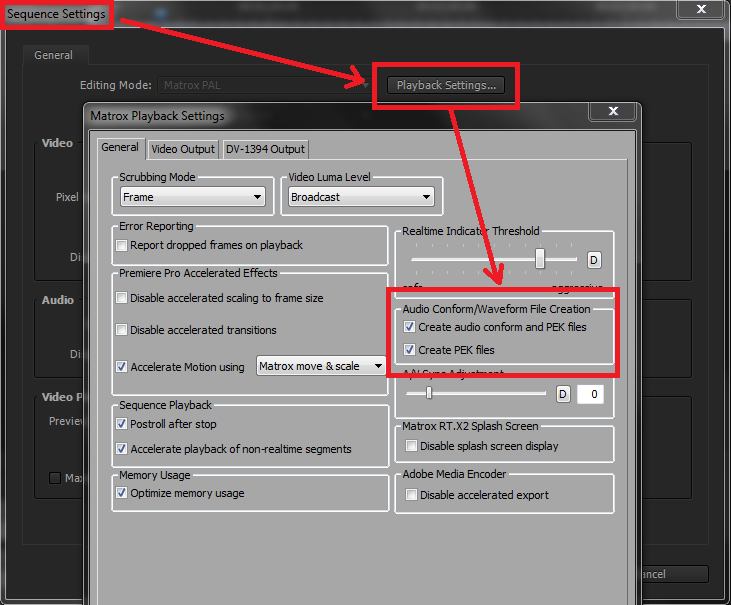

Note: You can also import files by dragging them from Windows Explorer into the Premiere Pro Project Panel.ģGP, 3G2 ASF (Netshow, Windows only) AVI (DV-AVI, Microsoft AVI Type 1 and Type 2) DLX (Sony VDU File Format Importer, Windows only) DPX DV (raw DV stream, a QuickTime format) FLV and F4V (excluding video encoded with the Sorenson Spark video codec) GIF (Animated GIF) M1V (MPEG-1 Video File) M2T (Sony HDV) M2TS (Blu-ray BDAV MPEG-2 Transport Stream, AVCHD) M4V (MPEG-4 Video File) MOV (QuickTime Movie in Windows, requires QuickTime player) MP4 (QuickTime Movie, XDCAM EX) MPEG, MPE, MPG (MPEG-1, MPEG-2), M2V (DVD-compliant MPEG-2) MTS (AVCHD) MXF (Media eXchange Format P2 Movie: Panasonic Op-Atom variant of MXF, with video in DV, DVCPRO, DVCPRO 50, DVCPRO HD, AVC-Intra XDCAM HD Movie, Sony XDCAM HD 50 (4:2:2), Avid MXF Movie) R3D (RED camera) SWF VOB WMV (Windows Media, Windows only) A new bin is created in the Project window, containing the contents of the folder. To import a folder of files: Locate and select the folder you want to import, then click Folder.To import multiple files: Hold down the Control key to select multiple files, then click Open.To import a single file: Locate and select the file, then click Open.Keyboard shortcut Ctrl+I (Windows), Cmd+I (Mac).Select File > Import from the main menu.To bring up the import window, use one of these methods: You can also import a variety of audio and still image files, including sequences of images and layered Photoshop files.
Premiere Pro allows you to import a single video clip, multiple clips, or an entire folder of clips. How to import (ingest) files into Premiere Pro.How to capture from tape into Premiere Pro.


 0 kommentar(er)
0 kommentar(er)
